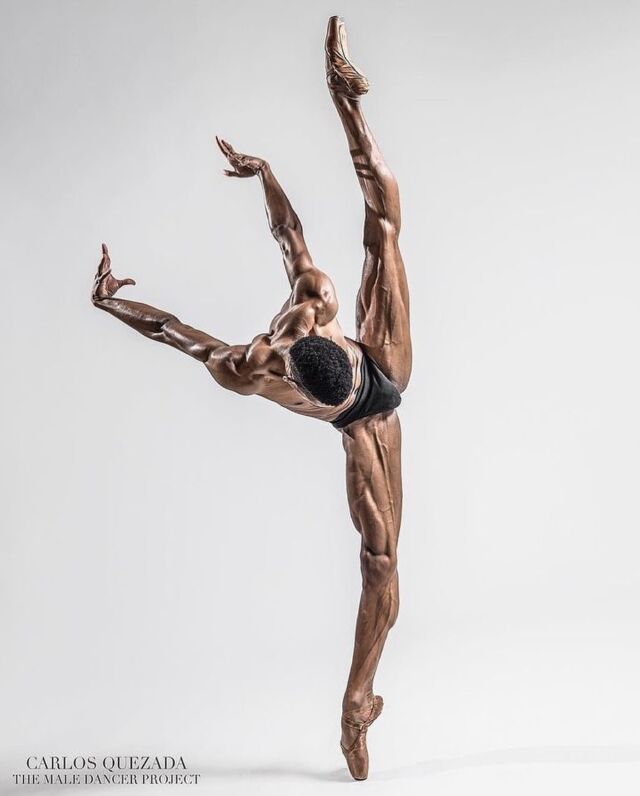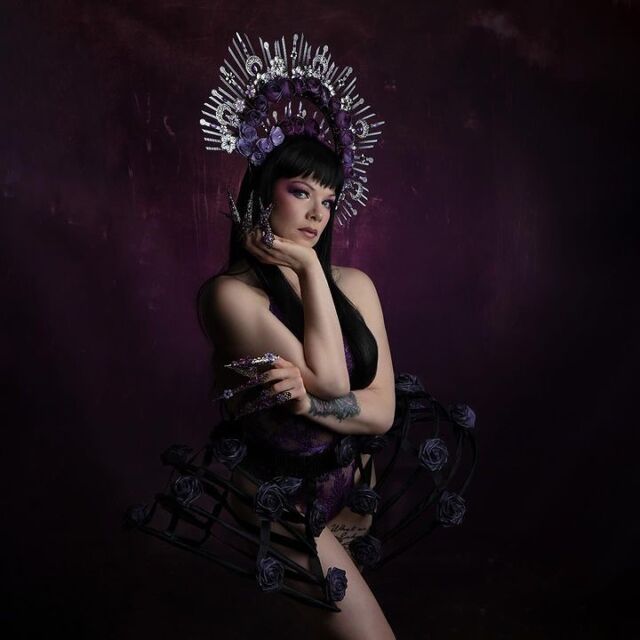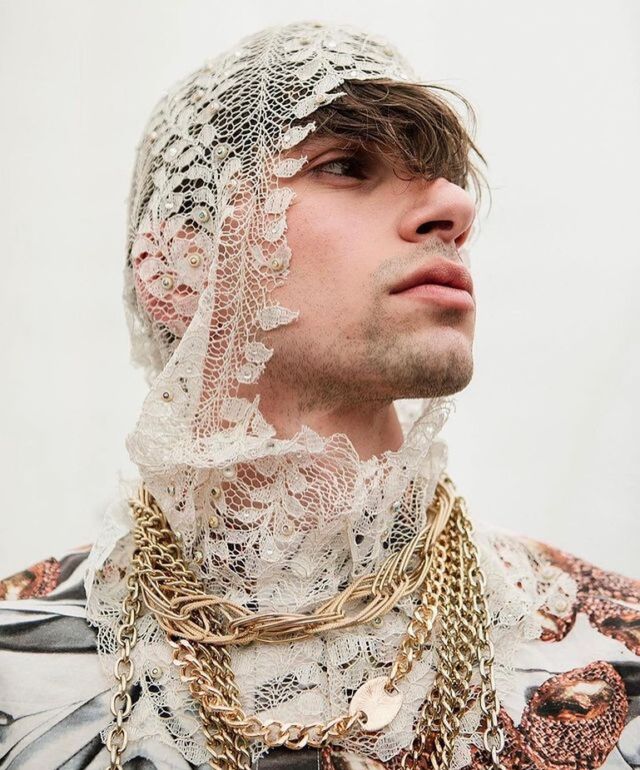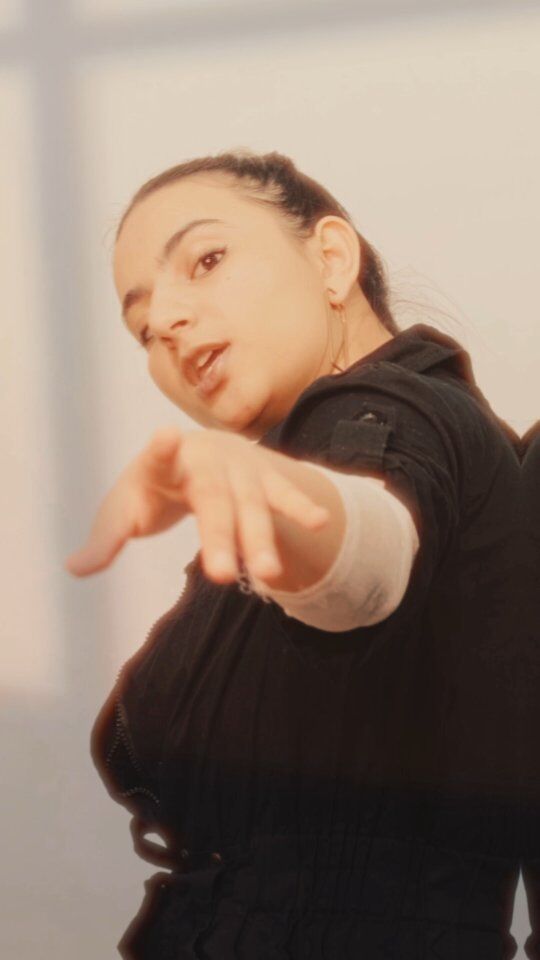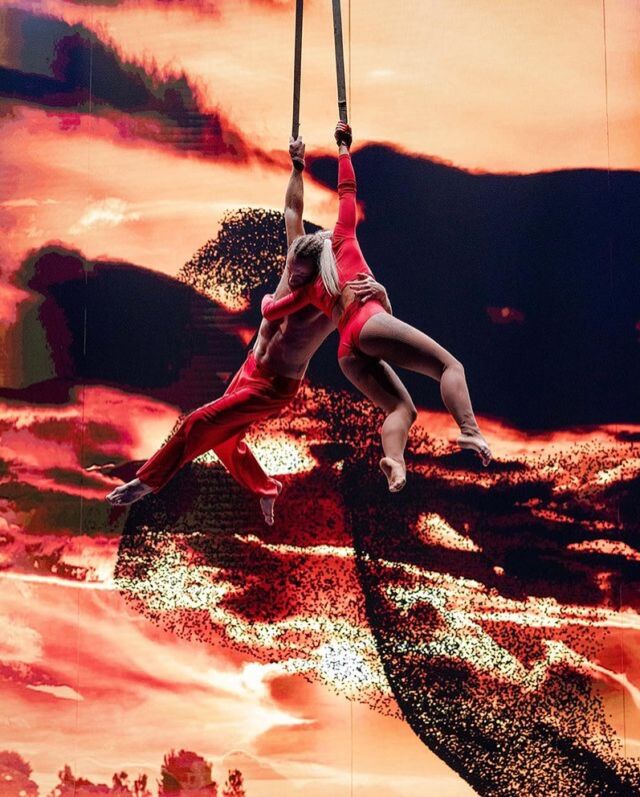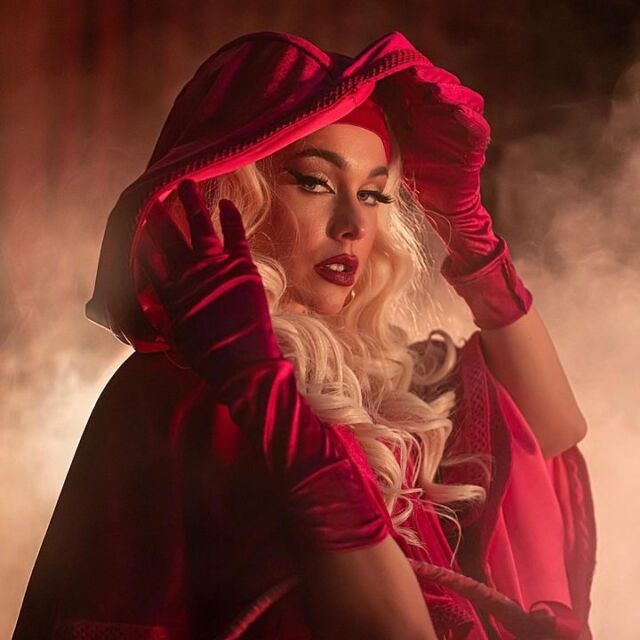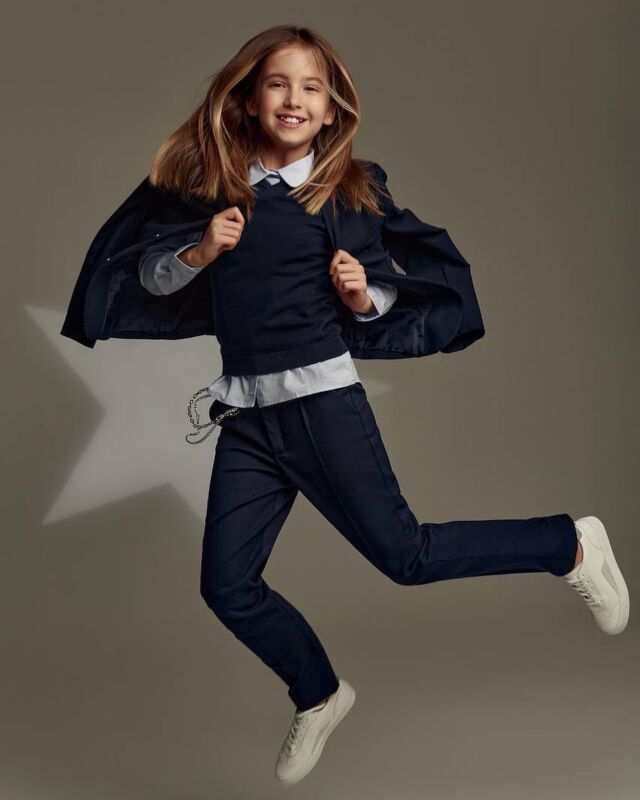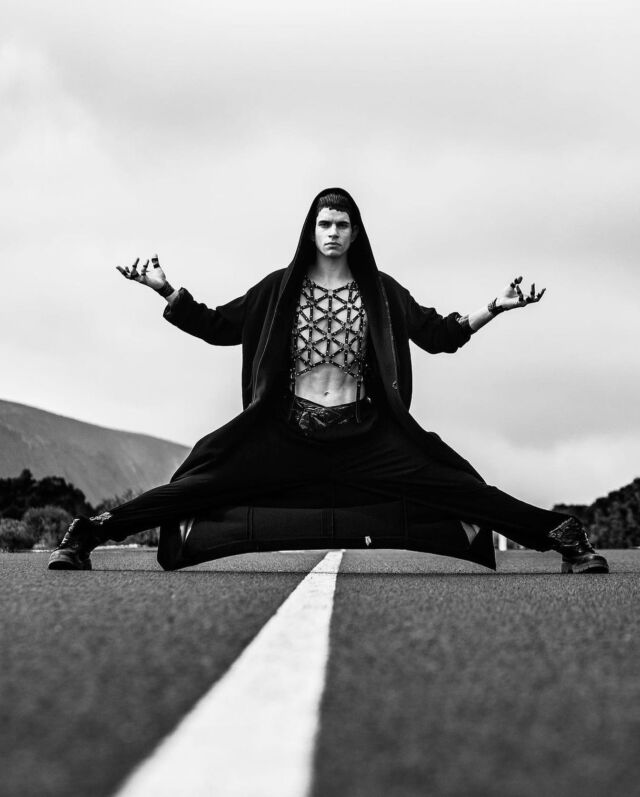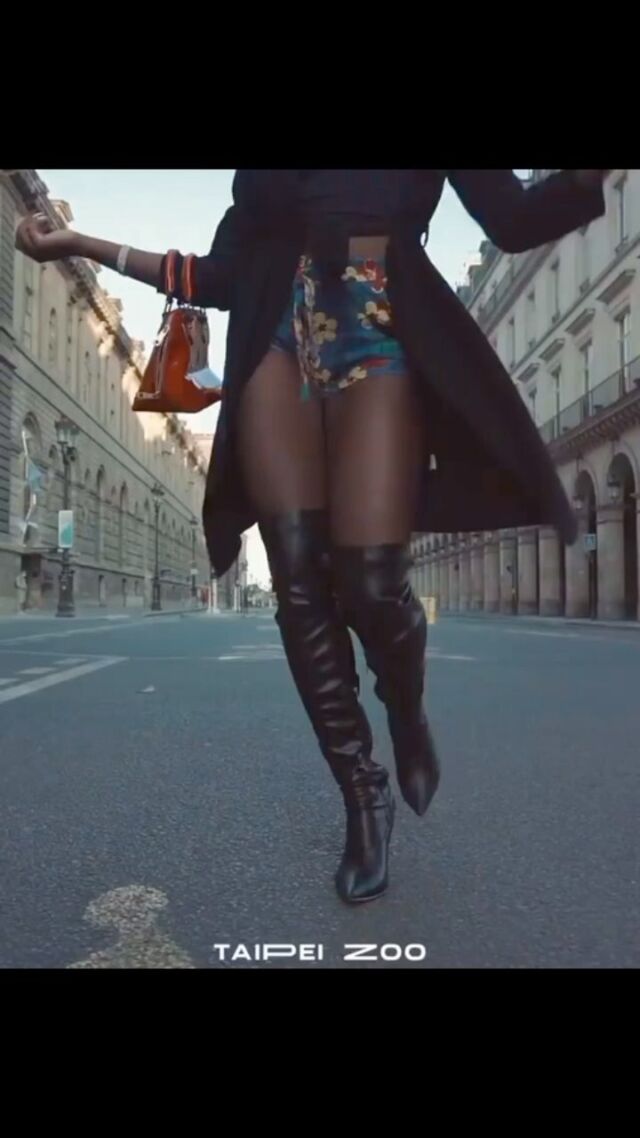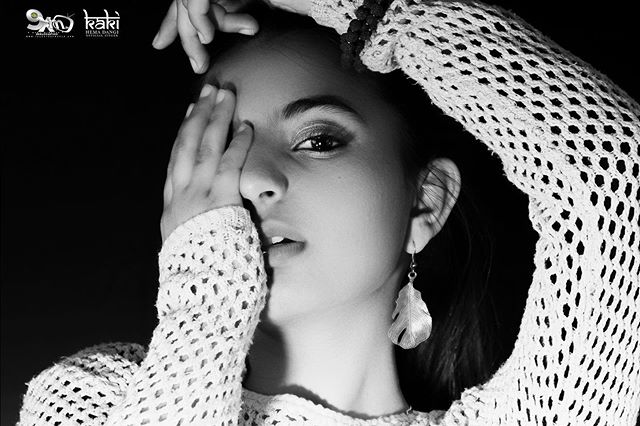On Monday evening along Madison Avenue in Manhattan, while fashionistas on the Upper East Side finished their shopping rounds at Dior and Chanel, a crowd headed to the French Institute Alliance Française to attend the premiere of an Apple+ series that recounts the origin story of those two fashion houses through the tale of Coco Chanel and Christian Dior’s lives in war-torn Paris during the 1940s.
“The New Look,” which starts streaming today, is a period drama that portrays the rivalry between Chanel, who is played by Juliette Binoche, and Dior, who is played by Ben Mendelsohn. The show chronicles how these two figures were shaped by the moral challenges of life in Nazi-occupied Paris and how they managed survival and self-preservation. The war’s effect on Cristóbal Balenciaga, Pierre Balmain and Pierre Cardin is also explored.
The series depicts portrays Chanel’s well-documented collaboration with the Nazi party: her use of Aryan laws to try and oust her Jewish business partners, her romance with a high-ranking German officer, and her participation as a secret agent assigned to a covert operation, Modellhut (“model hat”), that tasked her with delivering a message to Winston Churchill. Her younger and striving rival, Dior, resentfully makes evening gowns for the wives of Nazis, while his sister, Catherine, is sent to a concentration camp after her arrest as a resistance fighter.
During red-carpet interviews inside the French Institute, the show’s cast reflected on the challenges of playing the characters.
“I read lots of books to prepare for the role, and I had to go back to Chanel’s roots to try and understand why she behaved as she did during the war,” Ms. Binoche said. “She came from the kind of poverty in which you’re born poor and die poor, and it was a time women didn’t get a future. I think her need to survive came from her need for success.”
“But I’m not saying she was a saint,” Ms. Binoche added. “My job as an actor is to show the reality of her life during a dark and dehumanizing time in history.”
Mr. Mendelsohn, paying homage to his character, wore a brown Dior suit and Dior black leather derbies.
“The show looks at what these French fashion titans went through in the war,” Mr. Mendelsohn said. “What they endured, triumphed at and failed at. Everyone has some sense of themselves and what they stand for, but until reality meets you, you don’t really know what you stand for.”
Jack Antonoff, who produced the show’s soundtrack, said: “What I wanted to capture with the music was that whatever humans are going through, whatever joys or horrors, they feel the need to create. In this case, these designers made fashion in the face of an occupation.”
Mr. Antonoff opened the lapel of his gray Martin Greenfield suit jacket and pointed at its label.
“He was a Holocaust survivor,” Mr. Antonoff said of the nonagenarian master Brooklyn tailor, who was sent to Auschwitz as a teenager. “I’ve worn his suits for a while now. Wearing his suits always feels resonant for me.”
Soon the crowd settled into the theater to watch the series’ first episode. In opening remarks, the show’s creator, Todd A. Kessler, announced that Dior presented his first collection in Paris 77 years ago that day. Then he led the ovation for the show’s seated cast, which included John Malkovich, who plays the couturier Lucien Lelong; Maisie Williams, who plays Catherine Dior, the fashion designer’s sister; and Glenn Close, who plays the Harper’s Bazaar editor Carmel Snow.
After the screening, the crowd walked through the cold to a nearby after-party at The Pool, a restaurant that occupies part of the old Four Seasons space in the Seagram Building. The room’s metal chain curtains shimmered as guests swayed to D.J.s while plucking hors d’oeuvres like hamachi crudo and chickpea fritters from trays.
As it happened, the specter of World War II history had followed them to the party: The landmarked interior was designed in the 1950s by the architect Philip Johnson, a Nazi sympathizer who attended rallies in Germany as a young man. But while the crowd danced and snacked on stracciatella toast, the brutish realities of the past no longer seemed to be in the air.
Source link





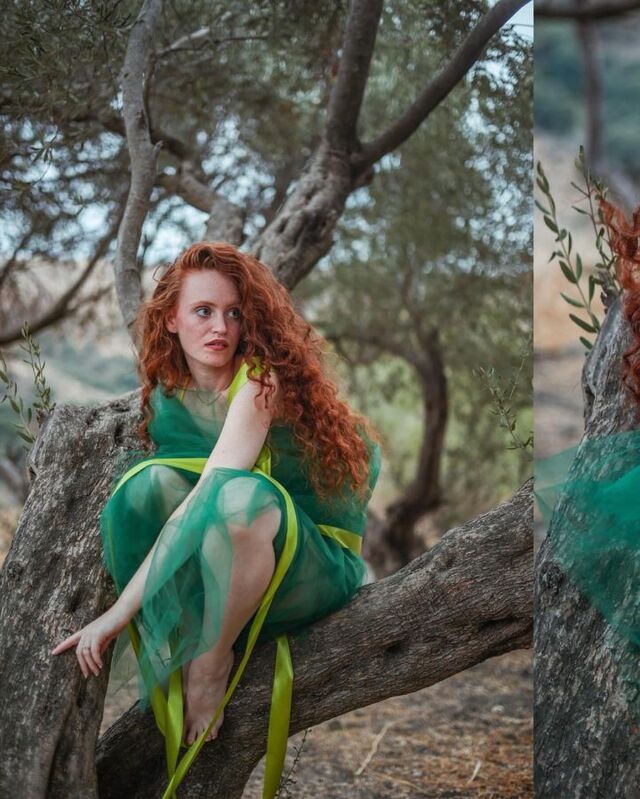
![Growing up learning Indian Classical Music, I’ve developed a deep appreciation for diverse musical genres, and techno is definitely one that has captured my interest. Got inspired to write this track by blending the beautiful melodies of Hindustani classical, particularly Raag Bhairav, with the beats of techno. Excited to share this fusion with you all!
Music by @miladzki
Check it out and vibe with me! 🎶✨
[ techno, newmusic, fusion, indianclassicalmusic, techno, music, kakisinger ]](https://talentsofworld.com/wp-content/uploads/wp-social-ninja/instagram/9xm.tv/18327743320185528_full.jpg)
![Listen to this Version of Dil Kho Gaya
Original Song From the Movie Dil.
Anand-Milind, Udit Narayan, Anuradha Paudwal sung this song
Music by Anand-Milind
Hope you guys like this Rendition of the Classic Song by Kaki Singer.
Like, Share & Comment.
[ Dil, Dil kho Gaya, old songs, Classic Bollywood, old song covers, retro songs, indian old songs, old hindi songs, melodies, kaki singer, Indian singers ]](https://talentsofworld.com/wp-content/uploads/wp-social-ninja/instagram/9xm.tv/17999564600299237_full.jpg)
